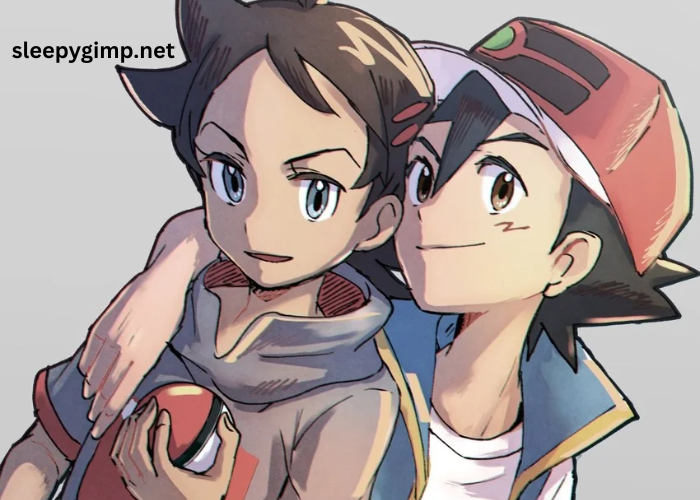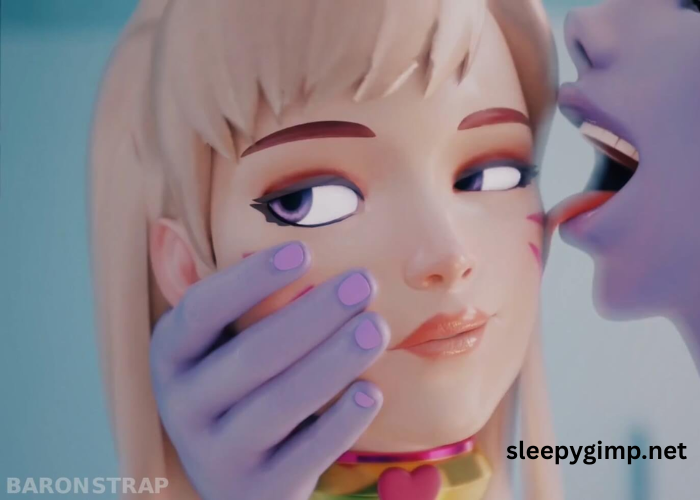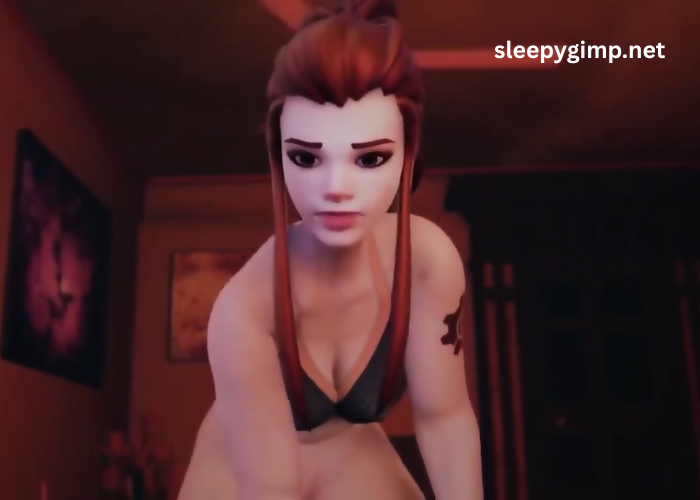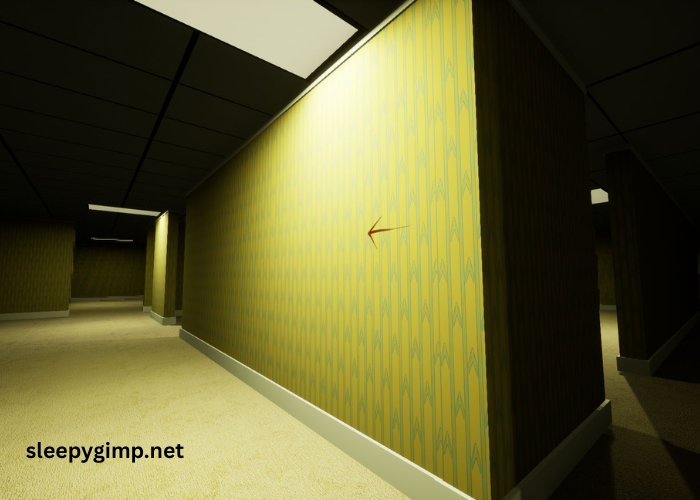The world of furry art has grown exponentially in recent years, and among the most exciting advancements is the creation of 3D furry animations and models. These incredible digital creations breathe life into anthropomorphic animals, bringing them into new dimensions and giving them complex movements, realistic textures, and vibrant personalities.
For many fans of furry art, these 3D models and animations open up new possibilities for storytelling, creative expression, and fan interactions.
Furry animations and 3D models have become an essential part of the furry community, from art projects to interactive virtual environments. Whether you’re an artist, a creator, or a passionate fan, exploring the world of furry animations and models offers endless opportunities for enjoyment and creation.
Key Points:
- 3D furry models enhance the experience by adding depth and motion.
- Furry animations provide dynamic storytelling through character movement.
- There are many platforms and creators who specialize in furry 3D creations.
Why Are 3D Furry Animations So Popular?
3D furry animations have gained significant popularity due to the ability to animate characters with realistic textures, detailed movements, and engaging expressions. Unlike 2D art, which offers a static view, 3D models can be manipulated and brought to life in ways that make the characters seem real.
Visual Appeal of 3D Animations:
One of the main reasons 3D furry animations are so appealing is their visual allure. These animations allow the viewer to experience characters in a dynamic way. For example, the swish of a tail, the flexing of muscles, or the movement of ears can all be animated in such a way that they feel natural and lifelike. This gives fans the ability to engage with their favorite furry characters on a deeper level, enjoying not only their designs but also their movement.
Another major aspect is the flexibility and creativity 3D animations bring to the furry art world. Whether in short clips, full-length animations, or interactive virtual environments, 3D furry animations allow for endless possibilities when it comes to storytelling.
Comparing 2D and 3D Furry Animations
| Feature | 2D Animations | 3D Animations |
| Depth and Realism | Flat, limited movement | Realistic textures and movements |
| Animation Style | Frame-by-frame | Smooth, continuous motion |
| Interaction and Flexibility | Limited interactions | Full-range, interactive models |
| Production Time | Faster, simpler | More time-consuming but detailed |
| Fan Engagement | Mostly visual | Engaging and immersive |
Important Reminder: While 3D animations require more time to create, their depth and interactivity offer a much richer experience.
How Do 3D Furry Models Enhance Virtual Worlds?
Furry 3D models are a crucial element in the creation of virtual worlds, whether in video games, virtual reality (VR), or online role-playing spaces. These models allow players to embody furry characters, providing a more immersive and interactive experience.
Creating Virtual Characters:
In virtual spaces, 3D furry models allow users to embody their favorite characters. For example, in VR platforms, users can control a 3D avatar, experiencing the world through the eyes and movements of a furry character. This interaction brings characters to life, allowing users to socialize, roleplay, or explore different virtual worlds.
Additionally, 3D models are often customizable, meaning users can alter physical traits such as fur color, size, or accessories. This feature helps foster a deeper connection between players and their avatars, as it adds a personal touch to the virtual world.
Key Benefits of 3D Furry Models in Virtual Worlds:
- Real-time Interactivity: 3D models are fully interactive, making them ideal for virtual environments.
- Customization: Players can modify their avatars to suit their preferences, creating unique furry characters.
- Immersive Experience: The realistic movements of the models help users feel more engaged in virtual worlds.
Reminder: Virtual worlds are more fun when you’re immersed in a 3D environment, making furry models the perfect choice for roleplay and exploration.
What Are the Different Uses of 3D Furry Models in Art?
Beyond video games and virtual worlds, 3D furry models are also widely used in digital art and animation. Artists can create unique scenes, stories, and characters, allowing for creative expression through 3D furry animations.
Exploring Art and Storytelling:
One of the most exciting aspects of 3D furry models is their ability to tell stories. Artists and animators can create complex narratives by using 3D models to depict emotions, actions, and scenarios. These characters can be placed in various environments, interact with other models, and express different personalities, much like in traditional animations.
Additionally, 3D models offer flexibility in art production. Artists can manipulate the models, adjusting lighting, camera angles, and textures to create the desired effect. The level of detail that can be added to 3D models also enhances their realism, making them suitable for high-quality artwork.
Table: Different Uses of 3D Furry Models in Art
| Use Case | Description | Example |
| Animation | Bringing characters to life | 3D short films, animated series |
| Static Art | Creating stunning art pieces | 3D furry character designs |
| Virtual Exhibits | Showcasing art in virtual spaces | Online art galleries |
| Interactive Art Projects | Engaging audiences with 3D models | Interactive storytelling art |
Important Reminder: Artists often use 3D models to create hyper-realistic representations of furry characters, pushing the boundaries of traditional art.
Conclusion
The world of furry art has evolved significantly with the introduction of 3D models and animations. These digital creations offer a level of realism, interactivity, and depth that enhances the experience for fans and creators alike. Whether you’re engaging with furry characters in virtual worlds, watching animated shorts, or exploring interactive art projects, 3D furry models provide endless opportunities for creativity and enjoyment.
The rise of furry 3D models is a testament to the growing influence of digital art in various industries. With their ability to bring characters to life, these models are not only an artistic marvel but also an essential tool in creating immersive experiences for fans across the globe. If you’re interested in exploring furry art or starting your own creative projects, consider diving into the world of 3D furry animations and models. The possibilities are endless, and you can truly make these characters come to life in ways you never imagined before.
FAQ’s
- What makes 3D furry animations different from 2D animations?
3D furry animations offer depth, realism, and smooth motion, while 2D animations are more limited to static images and basic movements. - Can I customize 3D furry models in virtual environments?
Yes, many virtual worlds allow you to customize your 3D furry models by adjusting features like fur color, size, and accessories. - Are 3D furry models used in games or just for art?
Both! 3D furry models are commonly used in games, VR environments, and as part of digital art and animation projects. - How do 3D furry models improve storytelling?
They add realistic movements and emotions to characters, making it easier for creators to tell dynamic, engaging stories. - What software can I use to create 3D furry models?
There are various software options available, such as Blender, Maya, and ZBrush, which are popular choices for creating 3D furry models and animations.





